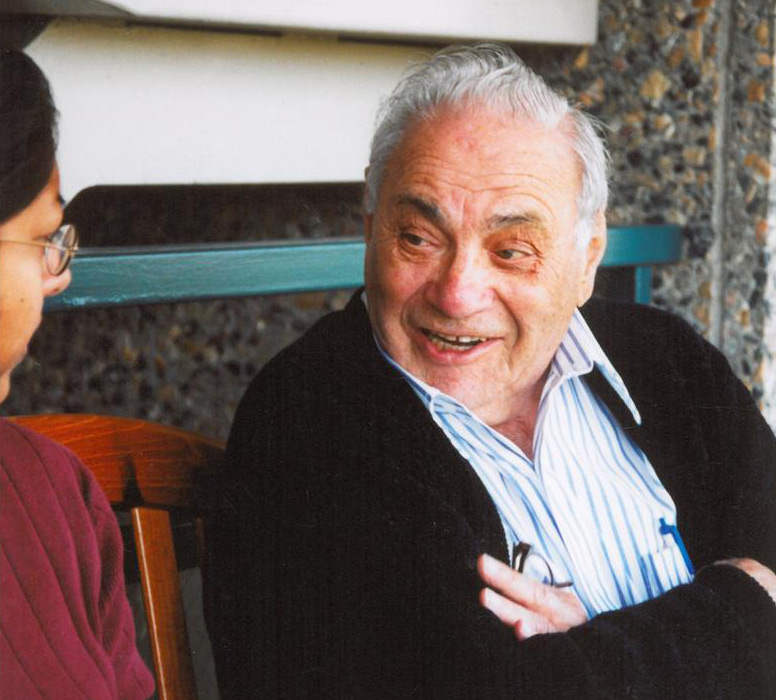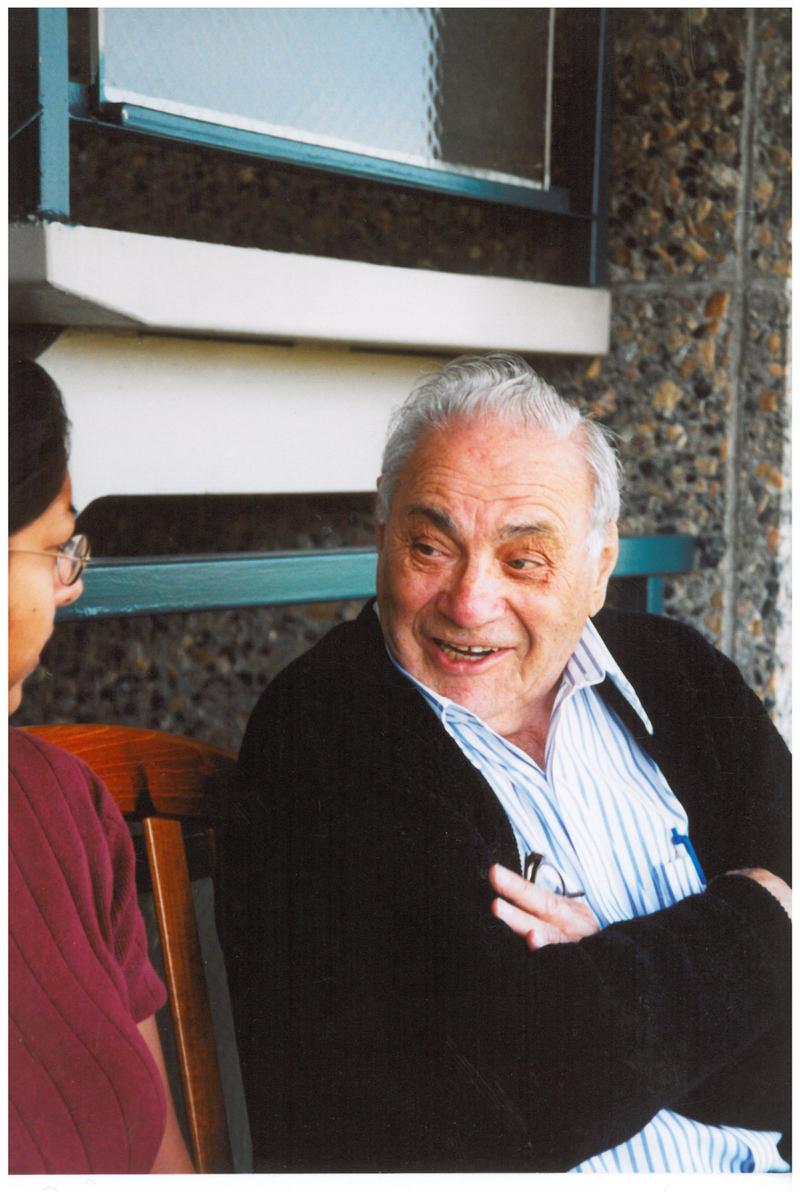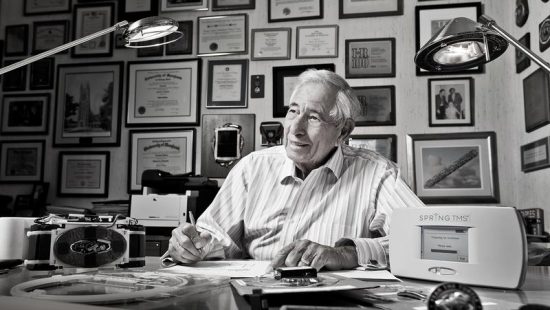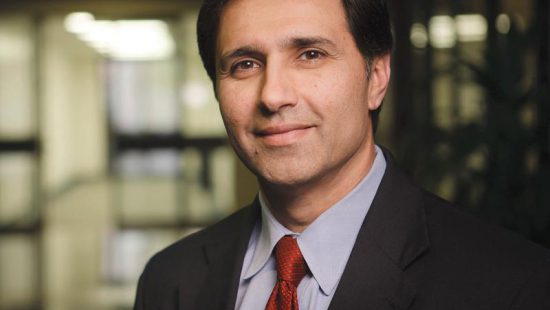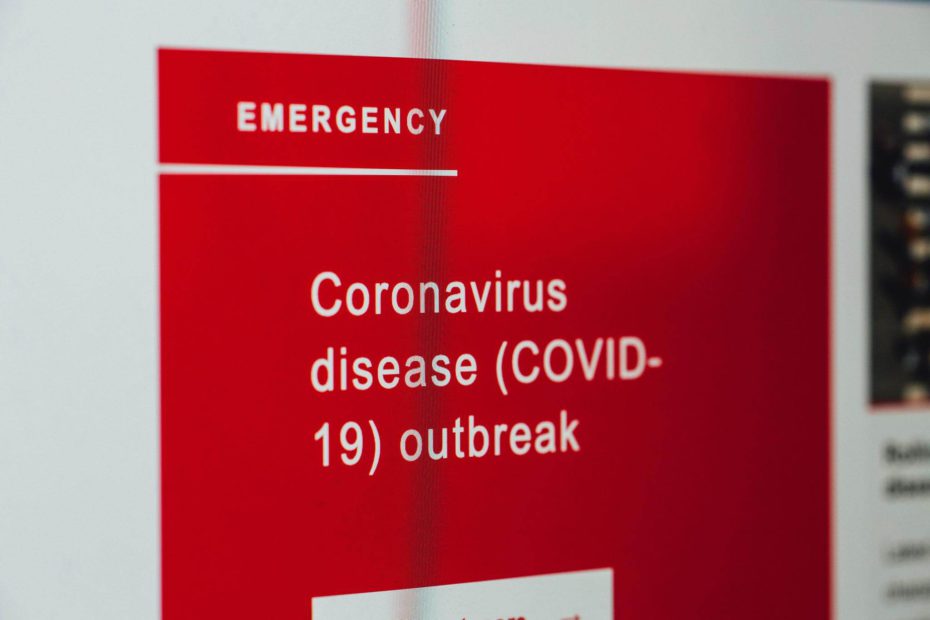The place: Yorktown, New York, IBM’s Thomas J. Watson Research Center. The date: day after Thanksgiving, 1981. The subject: Turkey, of course.
Specifically, Samuel Blum, Rangaswamy Srinivasan, and James J. Wynne decided to test the effects of an excimer laser on some leftover turkey that day and uncovered a major medical breakthrough in the process.
An excimer laser is an incredibly precise form of laser, which up until that time had been used mainly to etch polymers. The group wondered what its effect on tissue would be. After firing several pulses at a turkey bone, they noticed something wondrous: instead of burning the surrounding tissue, the laser’s pulse appeared to disrupt the tissue’s molecular bonds, disintegrating it without any collateral damage. It was as if they’d discovered the world’s tiniest scalpel—the etchings were so precise that you could write poems on a strand of hair.
Feeling confident they’d just discovered a new form of surgery, the group wrote up an invention disclosure for the public. A few years later that an eye surgeons began to work with the laser and do the experimental work possible to prove its effectiveness. Today, LASIK is the most popular vision correction surgery in the world. More than 70 million people have had the procedure and benefited from its ability to reshape the cornea.
By Casey Samulski

